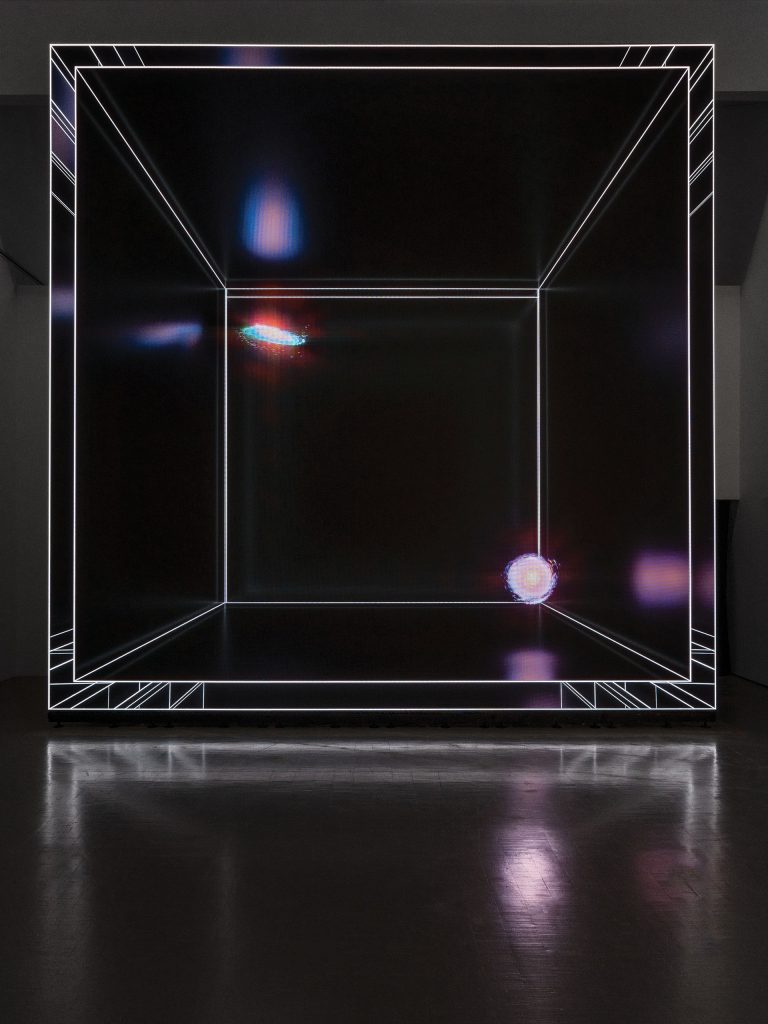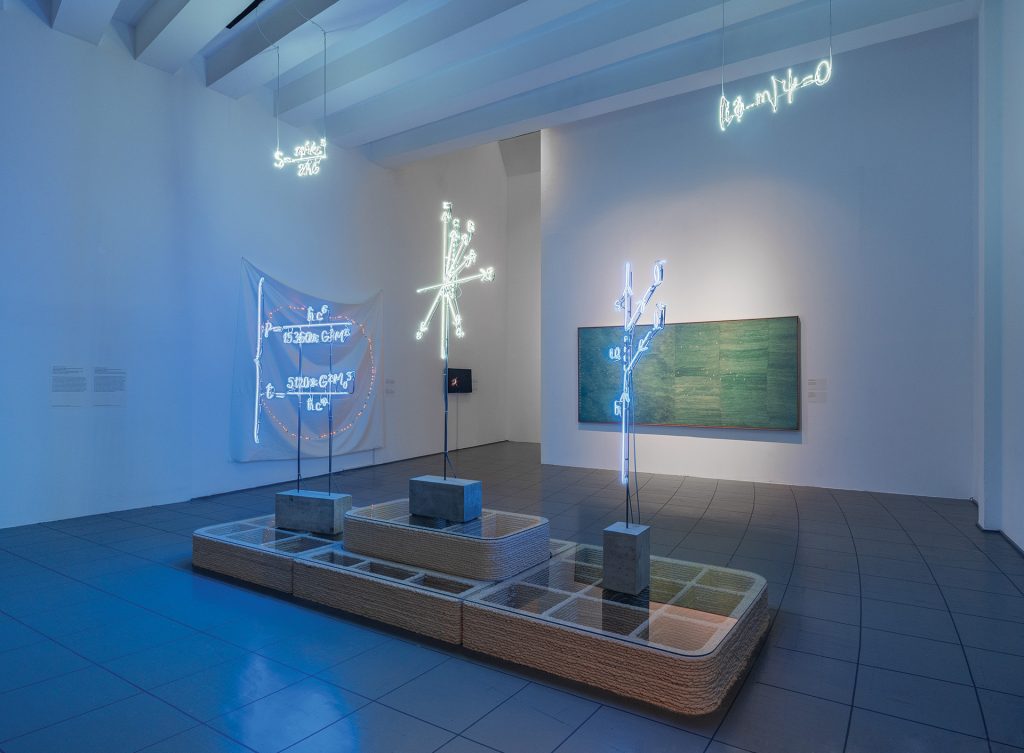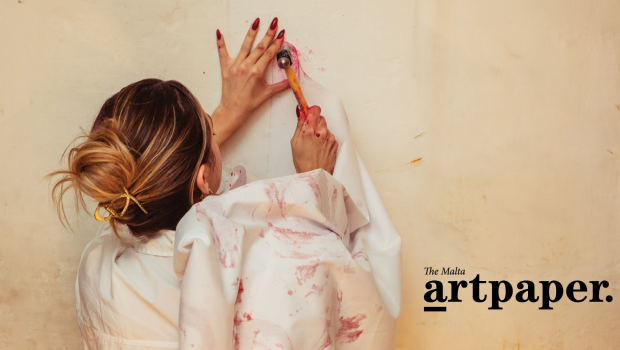In conversation with Marco Sammicheli, from Milan’s Triennale.
What the role of contemporary art in public spaces is - or should and could be.
Earlier this year, in September, the Malta International Contemporary Art Space (MICAS) hosted a conference centred around the most relevant question of what the role of contemporary art in public spaces is – or should and could be. After the stimulating keynote speeches of professors Richard Noble (Head of the Art Department at Goldsmiths College, University of London) and Jean-Paul De Lucca (associate professor of Philosophy at the University of Malta), the discussion was animated by a panel of both local and international speakers from different creative disciplines, including Marco Sammicheli (director of the Museo del Design Italiano and curator of the design, fashion, and crafts sector at the Triennale di Milano). A leading figure on the European design scene, he found some time, after the event, to delve deeper into certain aspects of the public conversation, to discuss his work at Triennale and to share his views on the local scene too.

Seduced by the timeless charm of the Maltese limestone, he is particularly intrigued by the ambiguous relationship between indoor and outdoor generated by spaces like Teatru Rjal: a roofless yet enclosed space, historically and culturally very layered. Marco works a lot with and within this duality, exploiting its layering in an effort to produce open spaces: both physically open, “roofless”, as he likes to describe them, and conceptually open, to conversations, encounters and exchanges. The installation commissioned to Francis Kerè for the currently ongoing 23rd International Exhibition, or the Triennale installations at the airport of Milano Linate are just two of several examples of “roofless spaces” that successfully brought art and design in the public realm. As the director of the most prominent design institution in Italy, Marco is committed to reaching out to as many people as possible, not afraid to step out of the stunning Triennale palazzo in the elitist city centre, and to engage with all potential audiences in the most open possible way.
“I like the term “roofless” because I feel that it perfectly describes a democratic space where anyone, from any background, can meet and follow an interesting conversation, or initiate one, and really enjoy the public realm” he says. A firm believer that the totemic presence of works of ‘art for art’s sake’ does not have the potential to transform a public space and to offer something more than an Instagram photo opportunity, Marco focuses on collaborations with artists and professionals from different disciplines as a way to reject rigidity and blur boundaries, and to therefore make contemporary arts accessible and relevant to as many audiences as possible.
Design, like many other disciplines, is in fact the ultimate reflection of society, and as such, it should always maintain a direct connection with it. In “La Tradizione del Nuovo”, the exhibition that Marco curated for the Italian pavilion at the 23rd Triennale titled “Unknow Unknowns”, the way in which design evolved in line with the major political and socio-economical changes of the last few decades is the very backbone of the show. When asked what similarities he sees between questions of the past, exploring new lifestyles, new economies and new social values, and today’s challenges, revolving around the fall of those values, the climate change emergency and the general crisis of the status quo, he speaks about a specific research-based attitude as the common denominator which always characterised, and still characterises, Italian designers as innovative.

“The main objective of “La Tradizione del Nuovo” – he says – is to communicate a specific aspect of Italian design, and the way it always strived towards research. In the five generations of designers that the exhibition shows, from the ‘60s to the ‘90s, the common element is their research-based approach, and the fact that they were always supported by an adventurous business community, willing to take risks – something which rarely happens today. The entrepreneurs and the designers were often exploring together, in pursuit of answers and solutions to the big changes of society. Certain questions were never fully answered – he continues – and certain topics remain high on the agenda of Italian design: urban environments, working spaces, means of transports, they were always a priority, and they still are. Other questions have evolved. In 1964, for example, the theme of the 13th International Triennale was ‘il tempo libero’, the nature of leisure time. For the first time, designers were investigating the boundaries between work and leisure, in relation to the booming consumerism of the time. What defines work time, and how that is different from free time, remain relevant questions. We still don’t have clear answers, we are actually more confused today, in this world in which we work from home and we keep ourselves entertained, glued to the phone, at the office. Also, computational power and how big data could affect our everyday life was a hot topic already, especially from the late 60s onwards. Starting from the 70s, other topics like women’s rights and women’s empowerment struggles took centre stage. The work of Cinzia Ruggeri, Antonia Campi, Eleonora Fiorani and others, also part of ‘La Tradizione del Nuovo’, show how women active in different fields were brought together by the exploration of alternative perspectives on the female body, in the space and as a tool for introspective research in a culture that was discriminating them because of that very body. Again, a theme that remains very contemporary. ‘La Tradizione del Nuovo’ shows all these iterations on a number of key questions. That’s why I call it ‘tradition’, a tradition of running after something which is, or always feels like it’s new.”
The 23rd Triennale, is titled “Unknown Unknowns. An introduction to mysteries” and is curated by Ersilia Vaudo, astrophysicist and Chief Diversity Officer of the European Space Agency. Marco’s artistic choices are very much in line with this theme. A striking effort of inclusivity, ‘Unknown Unknowns’ creates a vast series of connections between disciplines and approaches, in what is also one of the European exhibitions with the highest representation of African countries. This is particularly interesting from our perspective, from Malta, which is historically and geographically an important link between the two continents. At this remark, Marco points out that a strong African representation was crucial in the development of the curatorial choices of ‘Unknown Unknowns’ since in Europe we know very little about the African design scene. “Africa is a big unknown which we keep looking from a very Eurocentric perspective – he explains – Triennale wants to be truly international and open up to the work of African designers, we want to encourage opportunities for exchange. Certain opportunities could exist for Malta as well, in its role of European outpost very close to the African continent”.
Malta never took part in a Triennale exhibition, and it is hard to disagree with Marco when he speaks about what a great opportunity it would be. He sees the country as a place which is traditionally multicultural, Mediterranean in a unique way, with traces of Italian culture and of semitic languages, very European and somehow still very British at the same time. “Malta presents a complex layering which would deserve to be analysed further, in detail, as a special cultural, social, economic laboratory, with many traditions and a peculiar mix of resistance and curiosity towards contemporaneity. When it comes to design, the work of talented architects and designers working at the border between old and new immediately comes to mind: Salvu Scerri, Matthew Demarco with Maltatype, creating a new visual alphabet rooted in Maltese tradition but very relevant to contemporary culture, AP’s projects. Malta would be such a great case study, I would love to see it in the next Triennale”, he concludes.
A promising invite and a series of challenging suggestions which hopefully will be taken on board by the local cultural institutions.










